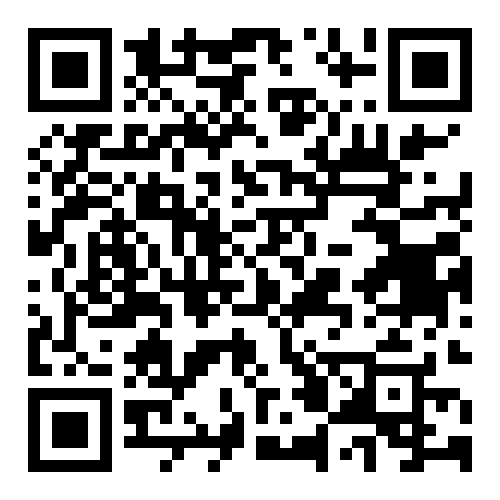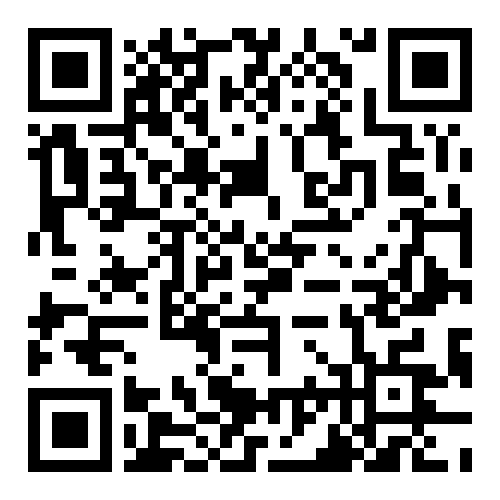Possible UPSC Questions
- Mains (GS-III – Economy): Examine why corn, ethanol, soyabean and dairy constitute India’s “red lines” in its bilateral trade talks with the United States.
- Mains (GS-III – Agriculture): Discuss the economic and regulatory arguments for and against allowing genetically-modified (GM) maize and soyabean imports into India.
- Prelims: Arrange the following products in descending order of India’s current basic customs duty: (a) Butter, (b) Milk powder, (c) Cheese.
- Essay/GS-II: “Strategic trade-offs are inevitable in free-trade negotiations.” Comment with reference to India-U.S. trade talks (2024-25).
Quick Outline of Key Facts
| Item | U.S. Interest | India’s Present Policy | Why It’s a Red Line |
| Corn (maize) | Large GM-maize surplus; wants lower duty/quota for ethanol feedstock | 15 % tariff up to 0.5 MT, 50 % beyond; GM imports banned | Protect Bihar-MP farmers; sugar sector wary of feedstock shift |
| Ethanol | World’s top exporter; seeks access to India’s 9.6 BL fuel-ethanol market | Industrial-use imports only (actual-user licence); no fuel use | Undermines self-reliance & farmer-linked EBP programme |
| Soyabean / DOC | GM soya dominant in U.S.; wants bean & cake access | GM oil allowed, but GM bean & cake banned | Safeguard 13 M ha soya belt (MP-Mah-Raj); GM feed concerns |
| Dairy | Tariff & SPS barriers limit U.S. presence | 30 % cheese, 40 % butter, 60 % milk powder; religious SPS clause | Cooperative sector & cultural sensitivity; strategic leverage |
U.S. corn output 378 MT vs India’s 42 MT; 94 % U.S. area under GM corn.- India’s feedstock mix for EBP: maize 46 %, cane juice/molasses 32 %, surplus rice 22 %.
- 96 % U.S. soyabean acreage is GM; Indian yield barely 0.9 t/ha vs 3.4 t/ha in U.S.
- India’s dairy import tariff wall + “vegetarian feed” sanitary rule effectively bar U.S. exports.
Summary
As New Delhi and Washington edge towards a “very big” bilateral trade deal, the United States is pressing for market access in four farm segments—corn, ethanol, soyabean and dairy—while India calls these sectors non-negotiable “red lines”.
Corn (Maize): The U.S., the world’s largest maize exporter, wants India to relax its 15–50 % tariff structure and GM restrictions so that American GM corn can feed India’s fast-growing ethanol distilleries. A proposal to import GM maize solely for fuel-ethanol production (preventing entry into food/feed chains) faces pushback from sugar mills fearful of losing share in the Ethanol-Blended-Petrol (EBP) programme and from maize-growing states such as Bihar.
Ethanol: Despite having supplied US $441 million worth of industrial ethanol to India in 2024, Washington seeks access to the far larger fuel-ethanol segment (projected demand 9.65 billion litres in 2025). New Delhi, however, views open fuel-ethanol imports as antithetical to the EBP’s twin goals—cutting crude-oil dependence and assuring a market for domestic cane and grain surpluses.
Soyabean & DOC: GM soy dominates U.S. and Brazilian exports, but India bars GM bean and de-oiled cake, permitting only oil. A NITI Aayog discussion paper floated importing GM beans strictly for crushing and re-exporting the protein-rich cake, yet political risks are high: about 13 M ha of soy farmers—mainly in Madhya Pradesh, Maharashtra and Rajasthan—already face low prices under MSP.
Dairy: With tariffs of 30–60 % and a sanitary clause requiring milk from “vegetarian-fed” cattle, India virtually shuts out U.S. dairy. Given the cooperative dominance of India’s dairy economy and deep cultural sensitivities, New Delhi is unlikely to concede here—although Washington may use dairy to bargain for concessions elsewhere.
These red lines thus blend economic calculus (farmer livelihoods, rural incomes, energy self-sufficiency) with regulatory concerns (GM biosafety, SPS norms) and political economy (state elections, sugar/soy lobbies). Any compromise could reshape India’s agri-value chains and biofuel strategy, but crossing them might erode rural support and food-feed security. Consequently, agriculture remains the toughest chapter in the emerging India-U.S. trade architecture.
Significance to the UPSC Exam
- Illustrates the intersection of trade policy, biotechnology regulation, and energy security—relevant to GS-III (Economy/Agriculture, Environment), GS-II (IR) and Essay.
- Provides empirical data and policy arguments for questions on GM crops, ethanol blending, cooperative federalism in trade negotiations, and the political economy of tariffs.
- Offers a live case study on how strategic partnerships confront domestic political constraints—useful for analysing India-U.S. relations, Atmanirbhar Bharat objectives, and WTO-compliant SPS/TBT measures.




